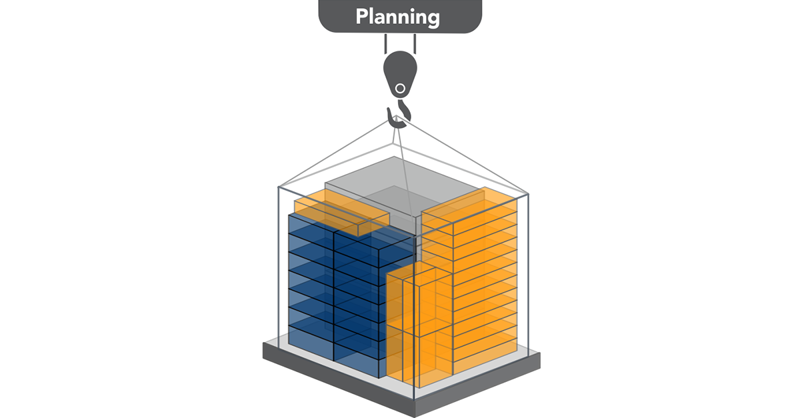The pace of parcel industry change is rapid, and it’s becoming more complex—and costly. Parcel shipping rates are increasing at more than twice the rate of inflation. Carrier-supplied and point shipping solutions are not keeping up with demand for more delivery choices and flexibility such as free shipping, regional and crowd-sourced shipping, and “alternative” drop-off/pick-up locations including kiosks, hold-at-location, lockers, and more. If your parcel shipping practices don’t meet these expectations, you will be left behind.
Multi-carrier parcel shipping software is evolving into Parcel Transportation Management Systems (Parcel TMS) that deliver value across the enterprise. Tight order to delivery windows necessitate careful parcel shipping planning. Enterprise shipping controls need to take place from ordering through to returns.
Don’t Leave Parcel Shipping Fulfillment to Chance
Unlike freight planning, there are no load optimization opportunities that aggregate shipments at the point of shipping because parcel customers are expecting expedited delivery. Parcel TMS planning occurs upstream during ordering and fulfillment. Cartonization determines the most cost-effective way to pack SKUs in a carton, or cartons on a pallet, reducing DIM weight surcharges when cartons are too large, unnecessary minimum charges when too many cartons are used, and excessive packaging across the board.
Execute Parcel Shipping Controls Across the Enterprise
Like parcel shipping planning, execution takes place upstream of the point of shipping. Your enterprise-level shipping controls should include the following:
- Rating and delivery estimates during ordering/check-out provide the most cost-effective options based on cost, delivery requirement, destination, and other business rules
- Alternative pickup points during checkout offer more secure and convenient delivery options based on the customer’s work or residential address at a reduced cost to the shipper
- Drop shipping across the extended supply chain better controls shipping execution through negotiated rates, and controlled packing and branded labeling
- Ship-from-store allows brick and mortar stores to act as mini-distribution centers to deliver faster delivery at lower costs
- Warehouse shipping needs real-time connectivity to business systems and devices such as scales, scanners, thermal label printers, and material handling equipment in multiple locations
- Office shipping can be controlled in the same way as warehouse shipping to realize deeper cost savings
- International and other regulatory compliance in global eCommerce need origin shipping support with localization, cross-border documentation, and consolidation with local postal facilities
- Tracking parcels in transit with pro-active feeds to other systems to provide customer service reps with real-time information and customers with better self-service visibility
- Returns and returns policy needs to be simple, convenient, and no hassle while driving customers to your website for self-service
It Takes an Enterprise to Control Parcel Spending
Stay tuned as Parcel Insights explores the next two key functions of enterprise parcel transportation management:
- Analyzing all shipping data for spending patterns, productivity, and carrier performance
- Enterprise shipping administration to build cost-savings and operational advantages
